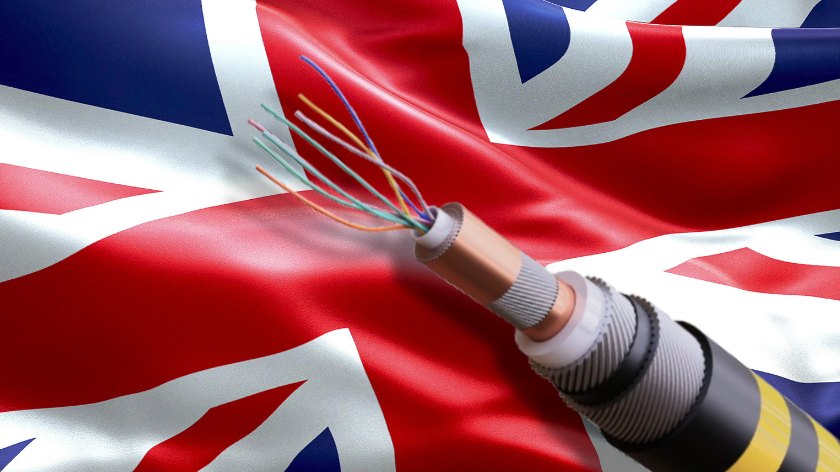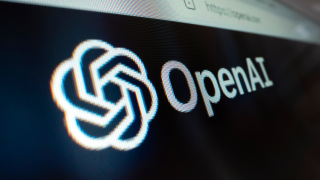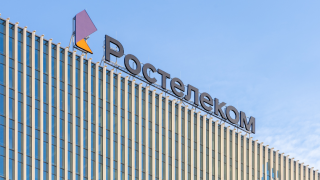The inquiry launched by the Joint Committee on the National Security Strategy (JCNSS) will see MPs and Lords look at the UK’s subsea strategy and options for improving deterrence.
The effort was launched in response to a series of cuts in the Baltics late last year, which stoked unfounded fears about Russian interference. Just this week, another Baltic cable, which ran between Latvia and Sweden, was damaged, with the cause unknown.
Subscribe today for free
Matt Western MP, chair of the JCNSS, said: “Our internet relies on undersea cables: around 99% of our data goes through them, connecting the UK to the outside world.
“As the geopolitical environment worsens, foreign states are seeking asymmetric ways to hold us at risk. Our internet cable network looks like an increasingly vulnerable soft underbelly.”
The launch of the inquiry comes after Yantar, a Russian intelligence vessel, was spotted near British waters. Defence Secretary John Healey told MPs last week that the Yantar was mapping critical underwater infrastructure.
The JCNSS will look to explore the UK’s ability to defend its subsea infrastructure, examining strategy, engagement with allies, and the adequacy of current levels of cross-Government coordination.
Western added: “There is no need for panic — we have a good degree of resilience, and awareness of the challenge is growing. But we must be clear-eyed about the risks and consequences: an attack of this nature would hit us hard. Our inquiry will look at what’s needed to defend our subsea cables, and consider the UK’s national resilience should our internet face major disruption”.
James Ovel, COO at Zayo Europe, said the UK subsea inquiry was a crucial step to heighten the security of the UK’s critical infrastructure.
“2024 saw several sabotage attempts targeting critical subsea cables in the Red Sea and French infrastructure in the run-up to the Olympics,” Ovel said. “Even without deliberate damage, subsea cables are under threat from a large range of risks, including natural disasters and accidental cable interference. Repairs are no easy task either, given their inherent inaccessibility.
“Creating and maintaining a diverse network of cable routes is essential for building resilient global communications infrastructure. Where possible, we always recommend investing in at least three or four distinct routes for data transmission, guaranteeing reliable connectivity in the event of one route being compromised. Creating this level of network diversity is the best way to safeguard critical infrastructure connecting the UK with the rest of the world.”
RELATED STORIES
Challenges and opportunities in diversified subsea cable routes
Latvia probes latest Baltic subsea cable cut as naval forces investigate ship
Fragile lifelines: The rising threats and resilience of submarine cable networks






